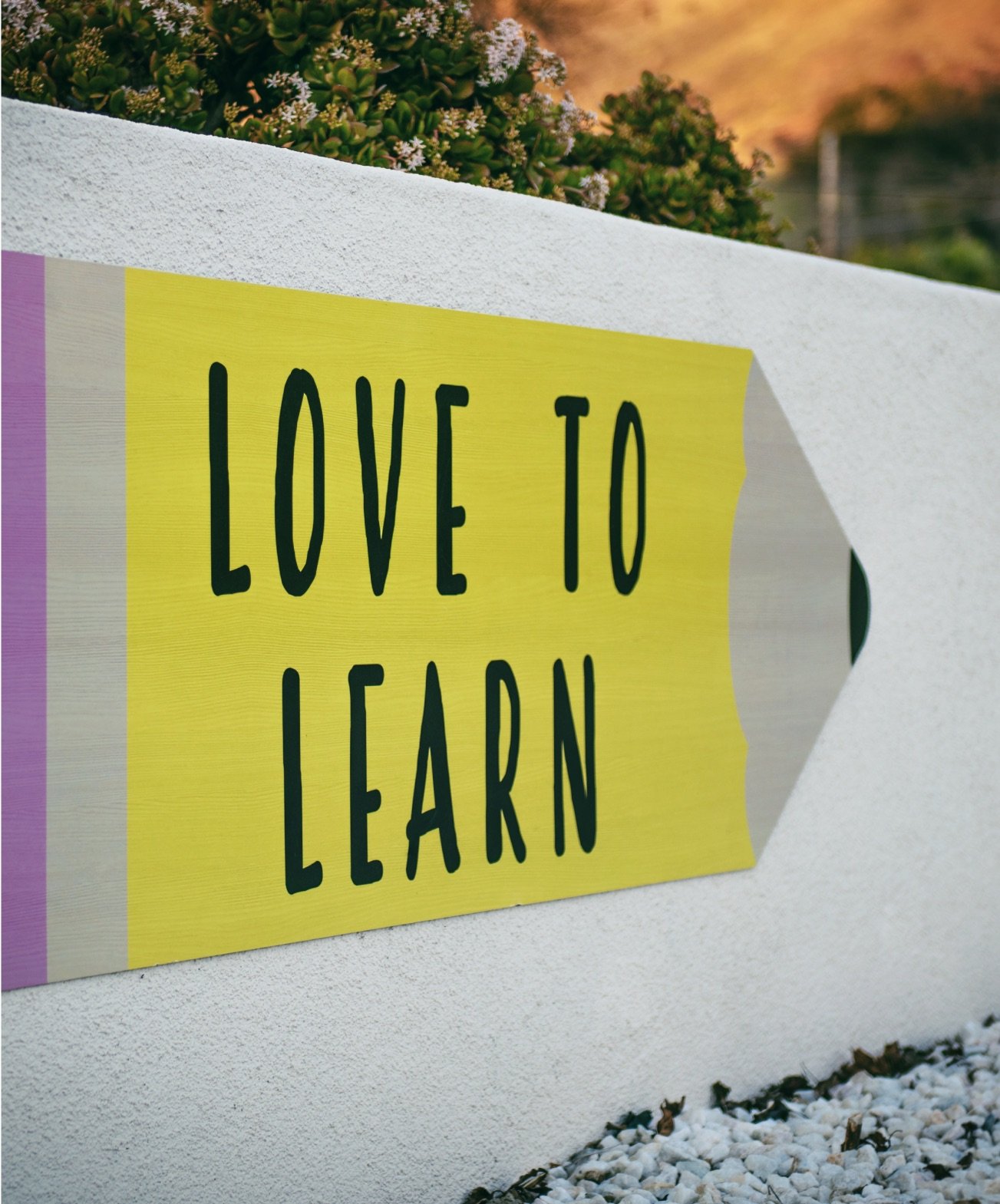
About This Course
Ever found yourself in a situation where you just know something's off, but you can't quite put your finger on what it is—or even better, explain it to someone else? That's where we come in! Dive into the finer points of keenly observing your surroundings, capturing the essential details, and translating them into clear, concise reports. You'll learn the art of noticing the unnoticed, coupled with the essential skills to keep accurate records and deliver top-notch documentation. Whether you're a keen-eyed beginner or looking to sharpen your existing skills, this is where you'll start seeing the world and capturing it like never before.
Think about the last time you tried to describe an event and got met with blank stares. Not fun, right? This course isn't just about theory; it's about practical, usable skills that will transform the way you communicate observations in your professional and personal life. From improving safety and enhancing quality control to contributing to research and informing policy, your new ability to spot the critical details and document them effectively will make you an invaluable asset in a multitude of fields. Get ready to elevate your observation game and become the go-to person for reliable reporting and documentation.
What you will learn
In this course, the Waiver Academy team really wanted to ensure that even if you're just stepping into the field, you'd come away with a solid grasp of the essentials. So, we've taken great care to organize each lesson in a way that builds upon the last, giving you a clear path to mastering the skills of keen observation, accurate reporting, and meticulous documentation. These are absolutely crucial tools in today's professional landscape, and we excited to share strategies that will not only sharpen your attention to detail but also empower you to communicate your findings effectively. Think of it as your toolkit for making a real impact, as solid reporting and documentation are often what decision-makers rely on to craft solutions and improvements. Trust me, by the end of this journey, you'll be approaching tasks with a brand new lens that's both analytical and insightful!
Observation, Reporting & Documentation
Curriculum
- 2.1 Identifying Changes: Teach how to recognize critical changes in physical and mental health, including skin integrity, nutrition, and hygiene.
- 2.2 Response Protocols: Guidelines on what to do when changes are observed, including emergency responses and when to consult healthcare professionals.
- 2.3 Activity: Video case studies demonstrating common and uncommon changes, followed by a quiz to assess understanding.
- 3.1 Effective Reporting Techniques: Best practices for reporting observations to ensure clarity and urgency are communicated properly.
- 3.2Types of Reports: Understanding different types of reports (incident reports, daily logs, medical alerts) and when to use each.
- 3.3 Activity: Role-playing exercise through video conferencing, simulating reporting to a healthcare professional
- 4.1 Characteristics of Good Documentation: Detailed instruction on the legal and professional expectations for healthcare documentation.
- 4.2 Electronic vs. Paper Records: Advantages and limitations of different documentation methods and tips on maintaining privacy and security.
- 4.3 Activity: Participants create mock documentation based on a hypothetical patient scenario, receiving feedback on their technique.
- 5.1 Home Environment Checklist: What to look for in a client’s living conditions that could affect their health and well-being.
- 5.2 Family Dynamics: Understanding how to note and report family interactions that may impact care.
- 5.3 Activity: Virtual home assessment using a 360-degree interactive video, identifying potential risks and reporting needs.
- 6.1 Practical Assessment: Participants submit a series of documented reports based on virtual patient interactions, which are evaluated for completeness, accuracy, and professionalism.
- 6.2 Written Exam: An online test covering all aspects of observation, reporting, and documentation, ensuring a comprehensive understanding of the material.

Meticulous
Honing Precision in Observation and Detail-Oriented Reporting

Comprehensive
Mastering the Art of Thorough Documentation and Analysis

Insightful
Developing Deep Understanding Through Observational Expertise
